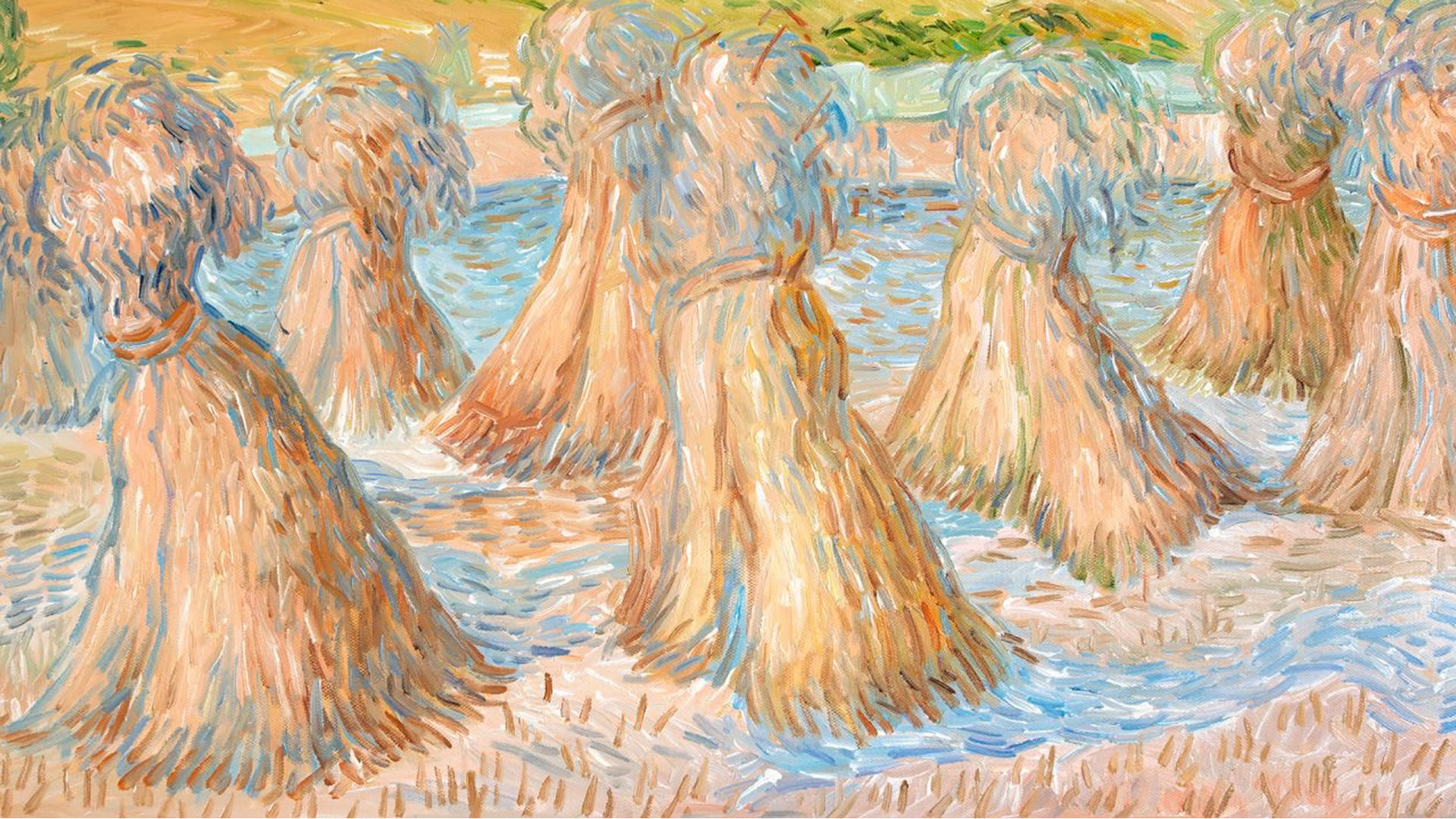
Your Essential Guide to the Dallas Museum of Art’s Must-See Masterpieces
The Dallas Museum of Art (DMA) is a jewel in the crown of Dallas' vibrant cultural scene. Founded in 1903 by a group of visionary local citizens, the museum began as the Dallas Art Association, determined to bring world-class art experiences to the heart of Texas. Over the decades, the DMA evolved—expanding its collection, relocating to stunning new spaces, and playing a leading role in the development of the Dallas Arts District. Today, it stands as one of the largest and most influential art museums in the region, celebrated for fostering creativity, education, and cultural engagement for all who visit. Established in 1903, its collection spans thousands of years, boasting over 24,000 works of art that reflect cultures from ancient to contemporary. Situated in the heart of the Dallas Arts District, the museum not only showcases world-class art but also offers free general admission, providing everyone the opportunity to immerse themselves in its treasures. If you’re planning a visit, here’s your curated guide to the top must-see pieces at the DMA that should be on every art lover’s radar.
Must-See Artworks at the DMA
1. Frederic Edwin Church – The Icebergs
Step into the sublime world of the Hudson River School with Frederic Edwin Church’s The Icebergs. This monumental 19th-century painting captures the majesty and fragility of Arctic ice formations. Church’s attention to light and detail is breathtaking, and his work serves as a reminder of nature's power and beauty.
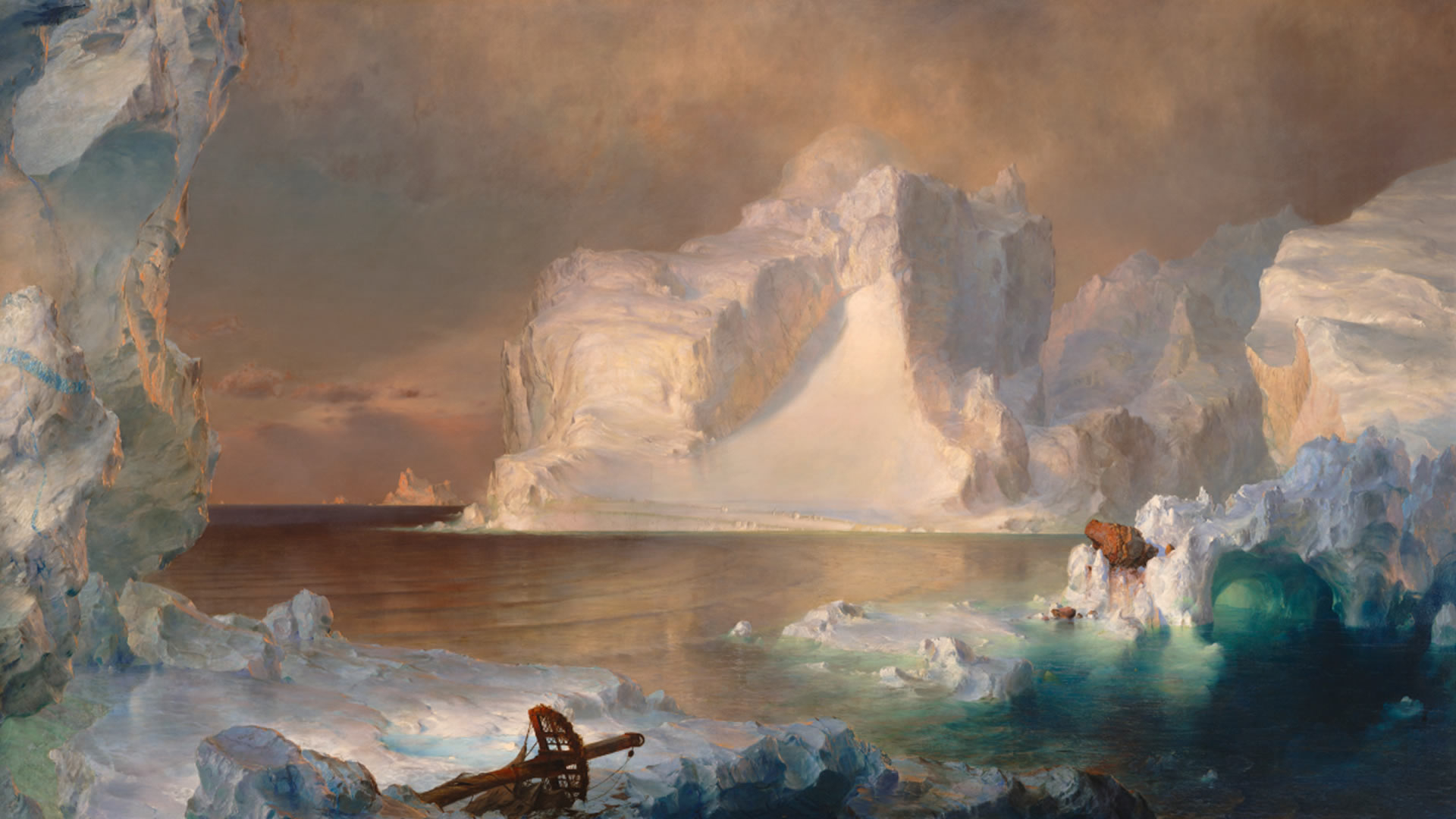
Insider Tip: Find a quiet corner nearby to fully appreciate the intricate interplay of light and texture. This work will transport you into the icy expanse it depicts.
2. Van Gogh – Sheaves of Wheat
Vincent van Gogh’s Sheaves of Wheat brims with the dynamic energy of his signature brushstrokes. Painted during the final months of his life, this piece offers an intimate glimpse into his emotional world. The vibrant yellows and expressive movement of the wheatfields make it a must-see for fans of Post-Impressionism.
3. Piet Mondrian – Composition (1939–1942)
This geometric piece by Piet Mondrian exemplifies his mastery of abstraction. Using primary colors and strict lines, Mondrian’s Composition pushes the boundaries of minimalism and modernism, reflecting his belief in the harmony of balance and structure.
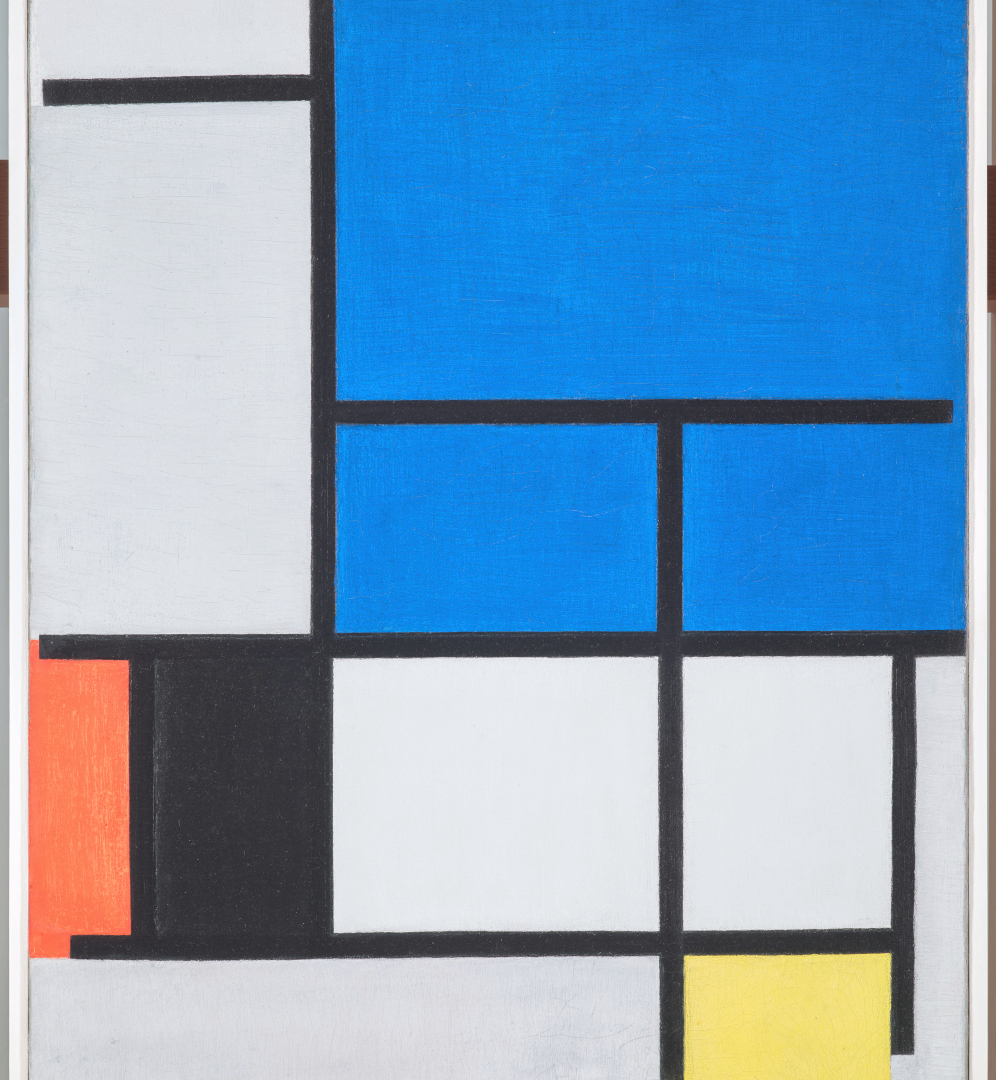
Insider Tip: View this after walking through earlier works in the collection to appreciate its innovation fully.
4. Japanese Seated Buddha, Shakyamuni
Dating back to the 8th century, this serene bronze sculpture is a hallmark of Asian religious art. The quiet stillness of the Buddha, combined with intricate craftsmanship, makes it a meditative masterpiece.
Pro Tip: Visit this gallery during quieter museum hours for a reflective experience.
5. Jackson Pollock – Cathedral
Dive into the innovation of Abstract Expressionism with Jackson Pollock’s Cathedral. A swirling, layered web of paint, this piece exemplifies Pollock’s “drip” technique, where movement and spontaneity create unmatched energy.
Don’t Miss: Step closer to observe the textures woven into the layers, then step back to capture the full effect.
6. Pierre-Auguste Renoir – La Promenade
This romantic Impressionist painting by Renoir captures a warm, idyllic scene of strolling women enveloped by lush greenery. Its playful light and soft colors evoke a sense of peace and joy, making it a perennial favorite.
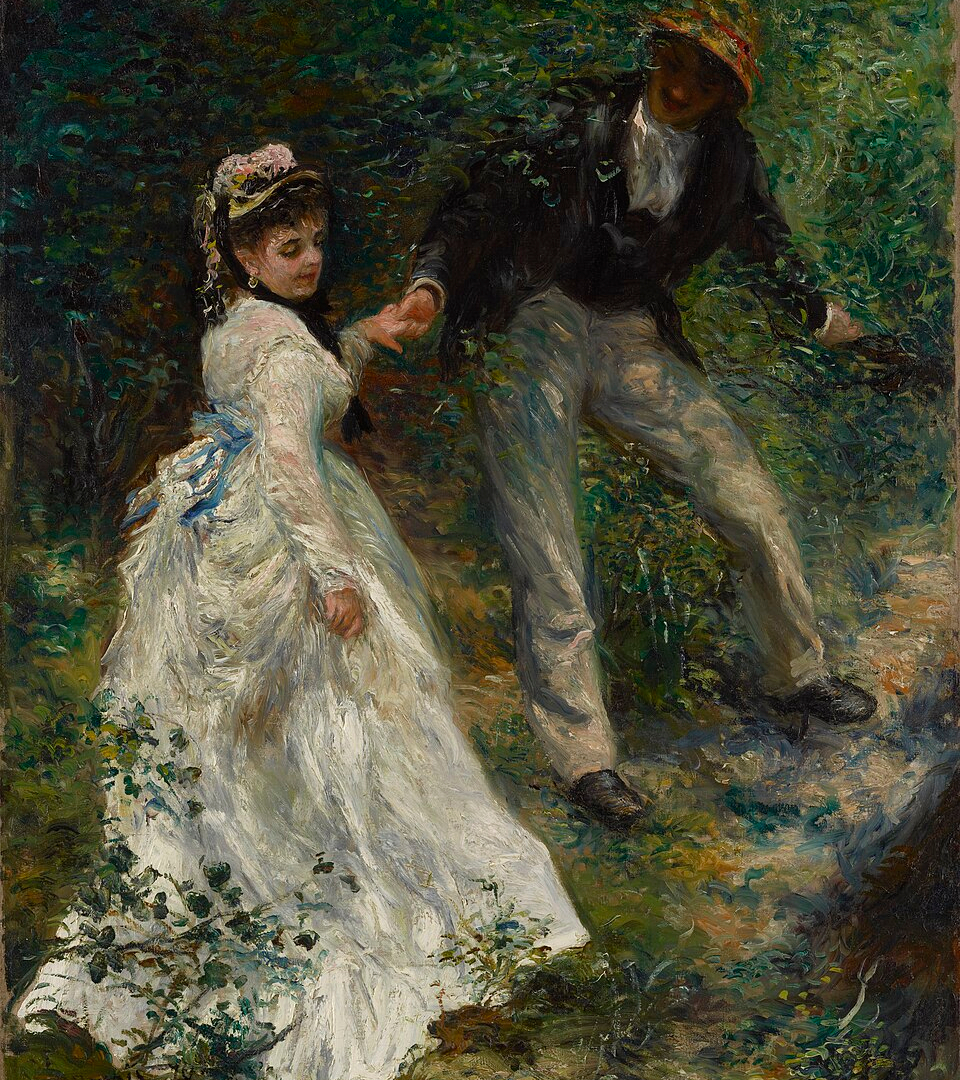
7. Mexican Mixtec Gold Pectoral (Breast Ornament)
Hailing from ancient Mesoamerica, this exquisite gold adornment speaks of the artistry and spiritual significance in Mixtec culture. Its intricate detailing offers a glimpse into the sacred traditions of the past.
Fun Fact: This work is part of the DMA’s renowned collection of pre-Columbian art.
8. Yayoi Kusama – All the Eternal Love I Have for Pumpkins
Step into Yayoi Kusama’s immersive mirrored installation and become part of the artwork itself. Her iconic polka-dotted pumpkins create a world of infinite reflection and playful awe.
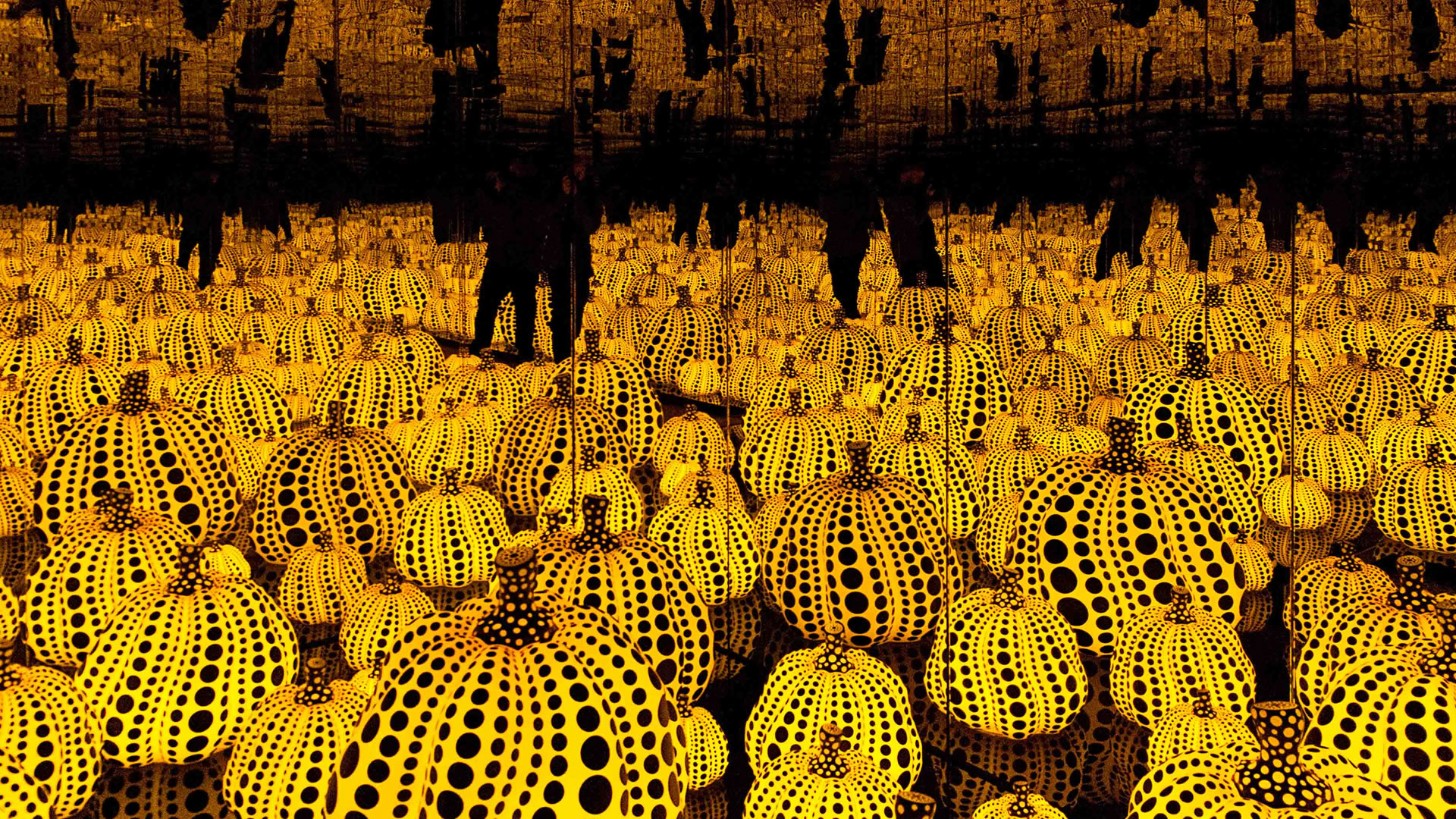
Insider Tip: Reserve your timed-entry ticket early—this installation is always a hit with visitors!
9. Claude Monet – Water Lilies, Morning Effect
One of Monet’s many variations on his theme of water lilies, this painting exudes tranquility and captures fleeting moments of light on his famous garden pond. A quintessential masterpiece of Impressionism!
10. African Baule Mask
Explore the power and complexity of West African ceremonial artistry in this 20th-century Baule mask from Côte d’Ivoire. Masks like this were used in community rituals and are still celebrated for their symbolic beauty.
11. Jean Arp – Bird/Head
A masterful example of biomorphic abstraction, Jean Arp’s Bird/Head merges organic shapes with conceptual art. This sculpture invites viewers to interpret its form, evoking both the fluidity of life and the simplicity of nature.
12. Egyptian Canopic Jar of Neskhonsu
Step into ancient Egypt with this intricately designed jar from the Third Intermediate Period. Used in burial rituals, it represents the enduring fascination with life, death, and the afterlife in Egyptian culture.
Tips for Exploring the DMA
Enhance Your Visit
Want to make your trip to the Dallas Museum of Art even more memorable? Discover the heart and soul of the city with our Dallas Sightseeing Self-Guided Tour! This is the perfect way to experience Dallas's rich history, stunning architecture, and vibrant culture at your own pace.
Our exciting self-guided tour is designed to lead you through the city’s most iconic landmarks and hidden gems. The best part? The journey concludes at the beautiful Klyde Warren Park, located just steps away from the entrance of the DMA. It’s the perfect prelude to your artistic immersion!
To create your perfect Dallas day, we recommend taking the tour first and ending your excursion at the museum. Always remember to plan ahead and check the Dallas Museum of Art's current operating hours to ensure a seamless and enjoyable visit.
